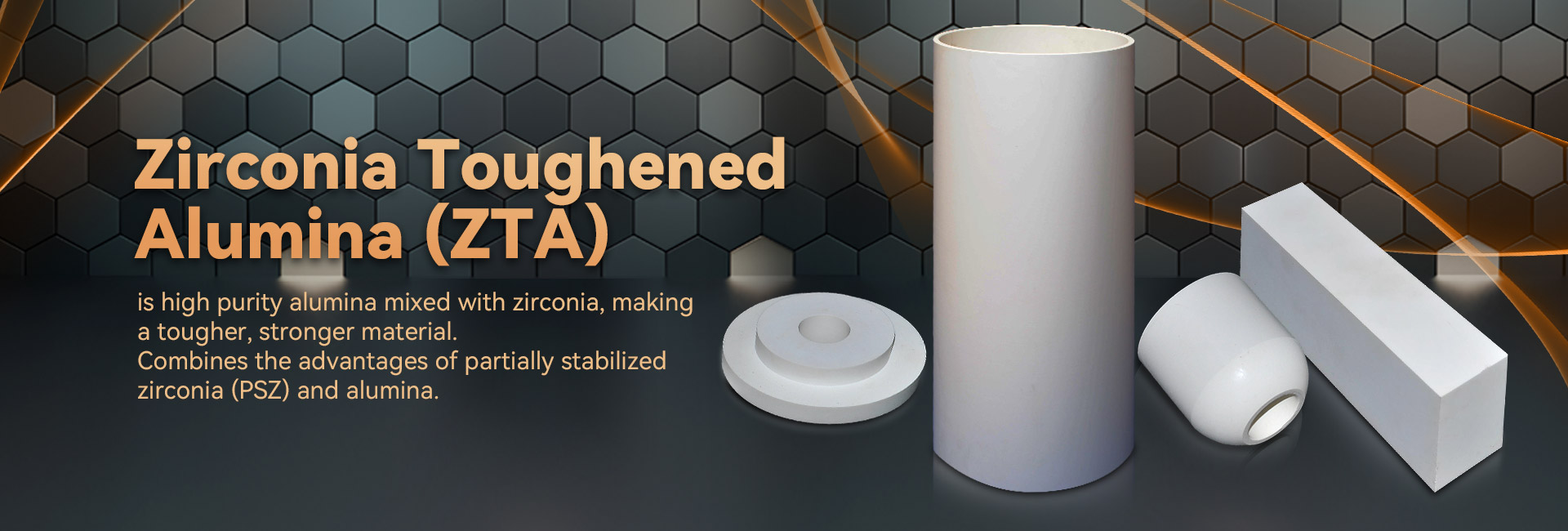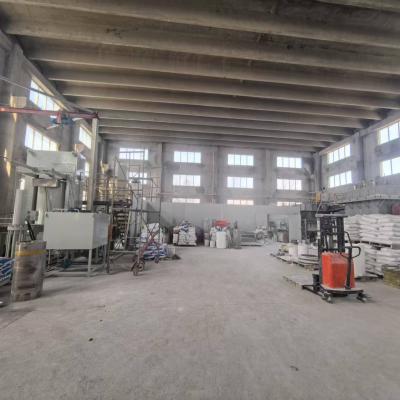
Technological element exhibit unmatched physical features, positioning them ideal for a diverse collection of implementations. Originating from flight and cars to electronics, these ceramics are rapidly improving to match the preconditions of a modern environment.
- Their durability and tolerance to harsh settings make them indispensable for high-performance systems.
- Moreover, technical ceramics provide positive attributes in terms of functionality, boosting the growth of leading-edge systems.
Crafting Porcelains: Assembled for Remarkable Operation
Fabricated ceramics stand out in exacting tasks due to their remarkable attributes. Made from carefully picked raw elements and going through thorough processing techniques, these leading ceramics present outstanding fortitude, oxidation resistance, and endurance to critical atmospheres, rusting, and chafing. From space pieces to shaping tools, industrial ceramics present unmatched effectiveness across several industries. Their pliability allows withstanding extreme places, confirming longevity and trustworthiness. As development progresses, the market for high-performance substances grows, cementing the central status of industrial ceramics in shaping a robust epoch.
State-of-the-Art Ceramics: Pushing Substance Frontiers
Substances, manifesting unparalleled rigidity and lastingness, are in the midst of a shift. Cutting-edge ceramics, constructed with exact control over their formulation and small-scale texture, stretching the edges of all that is doable. These materials demonstrate a vast assortment of qualities, considering them ideal for hard spheres such as aviation, medical domain, and resources. From low-weight parts that weather extreme thermal states to tissue-friendly implants that integrate seamlessly with the flesh, advanced ceramics are transforming our surroundings.
Precise Ceramic Assembly: Fulfilling Rigid Demands
Specialized ceramic fabrication has advanced notably in recent times, facilitating the assembly of detailed and highly efficient ceramic products. These modules are fundamental across a broad range of sectors, including orbital, biomedical, and digital domains. Matching the precise demands for these applications calls for precise fabrication practices that confirm dimensional strictness, surface refinement, and material essentials. Contemporary ceramic fabrication processes use various methods, including slip casting, injection molding, and additive manufacturing. These techniques permit the creation of intricate forms and fine features with exceptional constancy. Equally important, advances in material innovations have caused new ceramic compounds endowed with heightened attributes. These ceramics possess increased resilience, endurance, and tolerance to harsh energy conditions, facilitating their use in high-end sectors.
The prospects for meticulous ceramic fabrication are great. As explorations and development move ahead, we can expect even more modern strategies and forms that will again expand the edges of what is achievable in this domain.
Robust Ceramic Products for Demanding Locales
Engineered ceramic ingredients possess extraordinary fortitude and antagonism against extreme realms, making them favored for critical ploys in space fields. These sophisticated ceramics can bear forceful thermal loads, oppose wear, and keep their operation under intense physical forces. Their incomparable mineralogical specifications make possible trusted output in tough circumstances, including thermal devices, aero engines, and energy generators.
- Specialized ceramic compounds
- Thermal endurance
- Decreased bulk
Advanced Composites: Synthesizing Resistance and Performance
Hybrid ceramics furnish a strong mix of mechanical durability and distinct functional abilities. Through the merging of ceramic grains within a scaffold, these composites achieve remarkable qualities. This merge results in heightened endurance against high warmth, wearing, and chemical degradation, rendering them fit for stringent applications in aeronautics, vehicles, and utilities industries. Furthermore, ceramic composites can be designed to possess unique properties like electrical conductivity or biocompatibility, increasing their versatility across diverse domains.
Atomic Management in Modern Ceramics
Securing desired qualities in leading ceramics routinely requires meticulous regulation over their small-scale organization. Various manufacturing conditions, including sintering heating point, interval, and atmosphere, alongside the combination of dopants or enhancing phases, significantly impact the organization of aggregates, absorption, and other microstructural peculiarities. Rigorous refinement of these criteria allows for the optimization of hardness, rupture resistance, and thermoelectric conductivity. Such as, elevating the sintering heat level can stimulate grain spread, thus increasing thickness and improving mechanical sturdiness. Conversely, controlling the firing atmosphere may influence the oxidation position of the ceramic, thereby influencing its electrical resistance or magnetic properties. Appreciating these relationships between microstructure and properties is vital for developing advanced ceramics with personalized ability suitable for inclusive functions.
Wear-Resistant Ceramics: Augmenting Longevity
Across high-stress process fields, where items are exposed to constant rubbing and decay, elements with impressive abrasion resistance are fundamentally essential. Wear-resistant ceramics have appeared as a prime measure, delivering unparalleled lastingness and quality in multiple sectors such as processing, mining, and aerospace. These leading materials possess a unique architecture that augments their facility to counteract damage. By utilizing the inherent robustness and solidity of ceramic elements, engineers can create long-lasting segments capable of bearing the most challenging operating situations.
Clinically Safe Structures: Deployments in Health Sector
Non-toxic ceramics have altered the clinical industry, yielding an array of valuable attributes for various applications. These composites are passive within the physiology, minimizing immunological responses and aiding recovery. A prime use for biocompatible ceramics is in joint prostheses, where their hardness sustains long-lasting stability to damaged flesh.
In addition, they are adopted in dentistry, offering a sturdy and attractive solution for prosthetic teeth. Ceramics also hold a key place in pharmaceutical formulations, supporting the targeted distribution of substances to specific sites within the anatomy.
- Over and above, biocompatible ceramics are increasingly being investigated for organ regeneration, serving as a framework for wound healing.
- Hence, the road ahead of biocompatible ceramics in clinical use looks bright, with continual studies expanding their possibilities.
Precision Ceramic Sensors: Advancing High-Precision Determinations
Sensitive ceramic devices have arisen as precise ceramic key components across a wide array of realms. These instruments make use of the singular qualities of ceramic elements to deliver highly reliable readings. Their toughness in {demanding|harsh| 